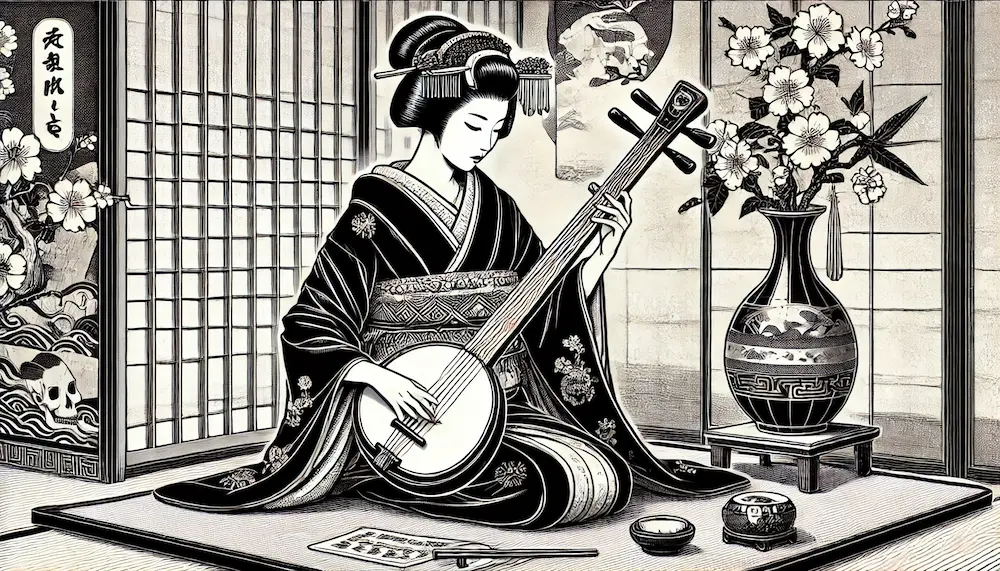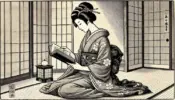Exploring the Melodies of Kyoto: A Journey Through Kyoto’s Traditional Music
Kyoto, with its rich history and cultural heritage, is a treasure trove for music lovers. The traditional music of Kyoto offers a unique window into the city’s soul, reflecting its historical depth and spiritual essence. This article will take you through the captivating world of Kyoto’s traditional music, exploring its history, prominent genres, musical instruments, and where you can experience it today.
1. The History of Kyoto’s Traditional Music
Kyoto’s traditional music has evolved over centuries, deeply intertwined with the city’s history and cultural practices. During the Heian period (794-1185), court music flourished, known as Gagaku, which was heavily influenced by Chinese and Korean music. Alongside this, the music of the common people and Buddhist chanting also shaped Kyoto’s musical landscape. The distinction between court music and folk music created a rich tapestry that defines Kyoto’s unique soundscape.
2. Prominent Traditional Music Genres in Kyoto
Kyoto is home to several traditional music genres, each with its own distinct characteristics.
Gagaku
Gagaku, the elegant and refined court music, is one of Japan’s oldest musical forms. It features a variety of wind, string, and percussion instruments. Some of the well-known pieces include “Etenraku” and “Seigaiha,” which are performed during ceremonial events and religious rituals.
Nohgaku
Nohgaku is the musical accompaniment for Noh theater, a classical Japanese performance art. Originating in the 14th century, Nohgaku includes instruments such as the taiko drum, the flute (nohkan), and small hand drums (ko-tsuzumi and o-tsuzumi). The music is integral to the storytelling and the emotional landscape of the Noh plays.
Jiuta
Jiuta, a form of traditional song and music from the Edo period, is performed with the koto and shamisen. It became popular in Kyoto for its lyrical beauty and complex musical arrangements. Songs like “Rokudan” and “Midare” are renowned examples of Jiuta music.
3. Traditional Musical Instruments
Kyoto’s traditional music is brought to life through various unique instruments.
Koto
The koto, a stringed instrument, is known for its delicate and resonant sound. It has 13 strings, which are plucked using finger picks. Pieces like “Sakura Sakura” showcase its distinctive sound.
Shamisen
The shamisen is a three-stringed instrument played with a plectrum. It is prominent in many traditional Japanese music styles, including Jiuta and Kabuki theater music. Its sound is both rich and expressive, capturing a wide range of emotions.
Hichiriki
The hichiriki is a double-reed wind instrument used in Gagaku. It has a distinctive, piercing sound that adds a unique texture to the ensemble. The hichiriki is considered essential in creating the melancholic and profound atmosphere of Gagaku music.
4. Experiencing Traditional Music in Kyoto
Kyoto offers numerous opportunities to experience its traditional music first-hand.
Traditional Music Concerts
Throughout the year, Kyoto hosts various concerts showcasing traditional music. Seasonal events like the spring cherry blossom concerts and autumn moon-viewing performances are particularly popular.
Music Workshops
For those interested in a hands-on experience, music workshops are available where you can learn to play instruments like the koto or shamisen. These workshops often provide historical context and instruction from experienced musicians.
Temple Music Experiences
Many temples in Kyoto incorporate traditional music into their ceremonies. Attending a Buddhist service where chanting and musical performances are part of the ritual can be a deeply moving experience.
5. Organizations and Artists Supporting Kyoto’s Traditional Music
Several organizations and artists in Kyoto are dedicated to preserving and promoting traditional music.
Key Music Organizations
Groups such as the Kyoto Gagaku Society and the Kyoto Nohgaku Association play a crucial role in maintaining and performing these ancient musical forms. They organize performances, workshops, and educational programs.
Influential Artists
Notable musicians like Tadao Sawai, a renowned koto player, and Reiko Yamada, a celebrated Jiuta performer, have made significant contributions to Kyoto’s traditional music scene. Their recordings and performances have helped bring this music to a broader audience.
6. Fusion of Traditional and Contemporary Music
Kyoto’s music scene is not just about preserving the old; it’s also about innovation and fusion.
Fusion Music
Innovative artists are blending traditional Kyoto music with contemporary genres. Projects combining Gagaku with electronic music or Nohgaku with modern theater illustrate the dynamic nature of Kyoto’s music scene.
New Projects and Interpretations
Modern artists and composers are reinterpreting traditional pieces, bringing fresh perspectives while respecting the original spirit of the music. This fusion creates exciting new expressions and helps keep the tradition alive in contemporary culture.
Conclusion
Kyoto’s traditional music is a beautiful expression of the city’s rich cultural heritage. Whether you’re listening to the elegant strains of Gagaku or the intricate melodies of Jiuta, Kyoto’s music offers a profound connection to its past and a dynamic bridge to its future. Next time you visit Kyoto, immerse yourself in its musical traditions – it’s an experience that will resonate deeply.









